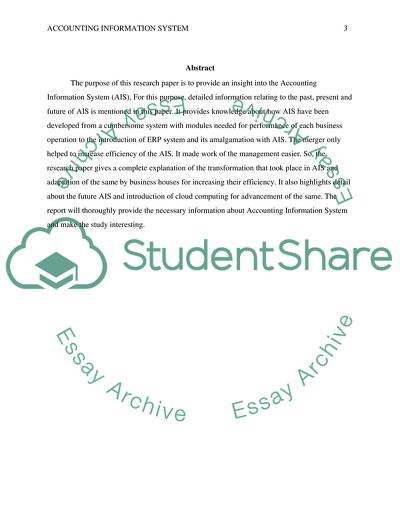Cite this document
(Accounting Information Systems: Past, Present, and Future Research Paper, n.d.)
Accounting Information Systems: Past, Present, and Future Research Paper. https://studentshare.org/finance-accounting/1809810-accounting-information-systems-past-present-and-future
Accounting Information Systems: Past, Present, and Future Research Paper. https://studentshare.org/finance-accounting/1809810-accounting-information-systems-past-present-and-future
(Accounting Information Systems: Past, Present, and Future Research Paper)
Accounting Information Systems: Past, Present, and Future Research Paper. https://studentshare.org/finance-accounting/1809810-accounting-information-systems-past-present-and-future.
Accounting Information Systems: Past, Present, and Future Research Paper. https://studentshare.org/finance-accounting/1809810-accounting-information-systems-past-present-and-future.
“Accounting Information Systems: Past, Present, and Future Research Paper”. https://studentshare.org/finance-accounting/1809810-accounting-information-systems-past-present-and-future.


